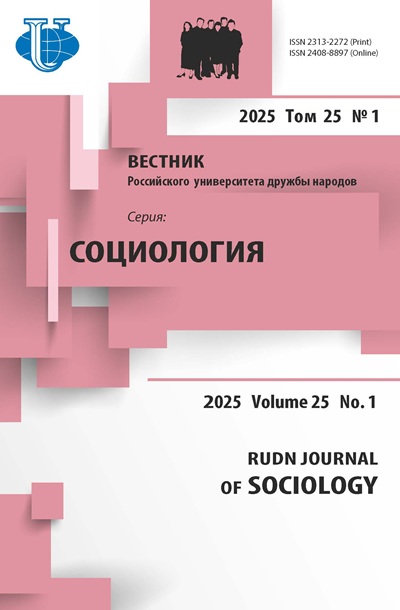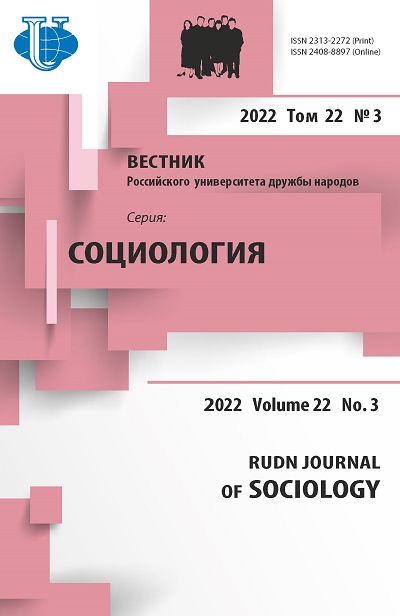Abstract
The article considers the dynamics of health indicators and health risk factors in Russia, including in comparison to the OECD countries. The study is based on the Russian statistical data, OECD data, and Russian Longitudinal Monitoring Survey (RLMS-HSE). The key public health indicator - the life expectancy (years of life at birth) - shows the negative dynamics in 2020 (71.54), while some other health indicators, on the contrary, show the positive dynamics, such as the self-rated health (the share of population aged 15+ in poor health deceased). 10.8 % of Russian adults consider themselves to be in poor health, which is higher than in the OECD countries. The share of people who assess their health as good and very good has increased over the 25 years of the study: the share of women has doubled (17.5 % in 1994 and 35.1 % in 2020); the share of men has increased by 13.2 % (34.4 % and 47.6 %). The share of people who drink alcohol and of men who smoke has decreased. However, there are negative trends that accompany risk factors: early initiation of smoking (8.5 % started smoking at 13 years and earlier, the majority (78.3 %) started smoking at puberty - at 18 and earlier; half of smokers smoke more than 15 cigarettes a day). The majority (66 %) of the RLMS participants at least occasionally drink alcoholic beverages, including beer (69.6 % of men and 55.3 % of women); never drink alcohol 34 % (30.4 % and 44.7 %). Every tenth respondent (11.9 %) tried an alcohol for the first time at the age of 14 or earlier; 77.9 % - at 18 and earlier. Over 25 years, the share of people with normal weight has decreased: 57.3 % of men and 43.4 % of women in 1994; 43.8 % and 40.5 % - in 2020. The share of overweight people has increased from 40 % of men and 51.9 % of women in 1994 to 53.5 % and 55.7 % in 2020.














